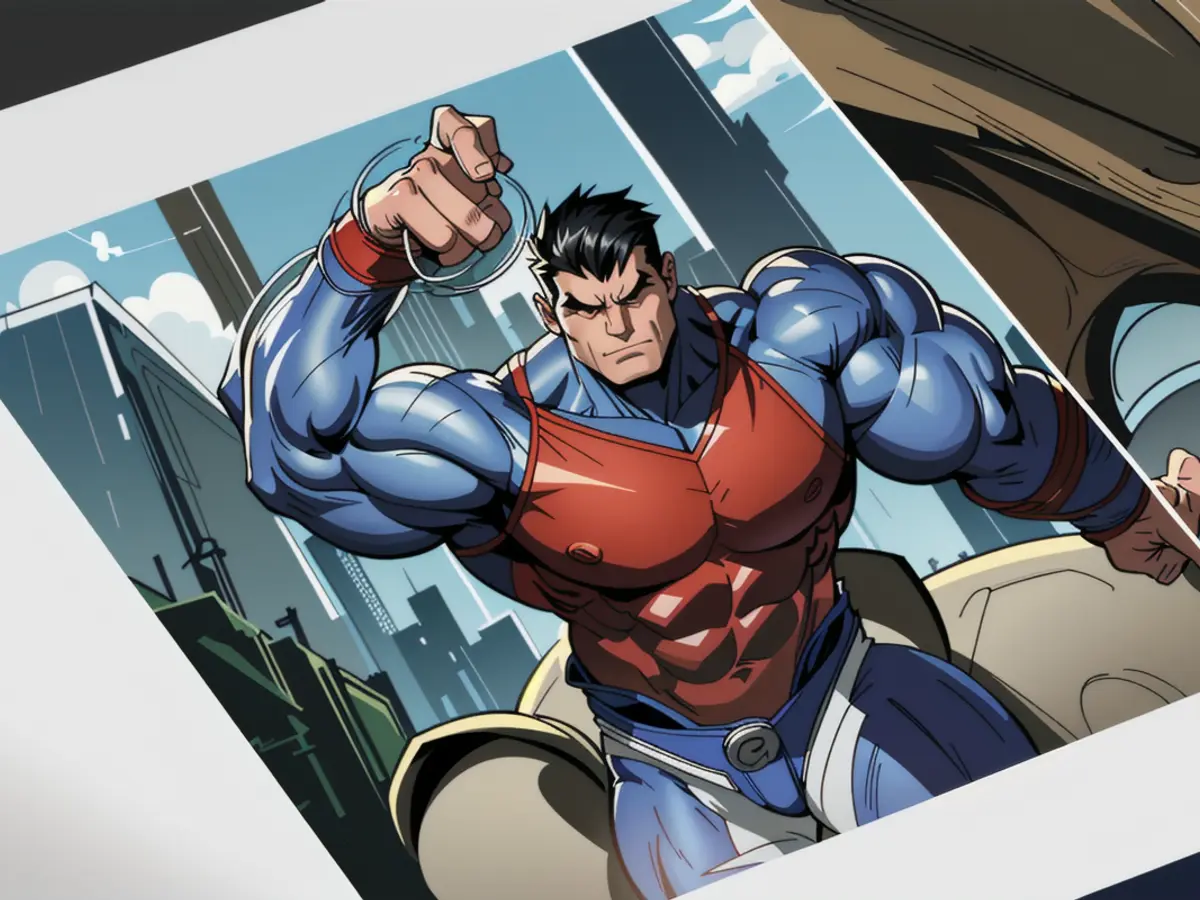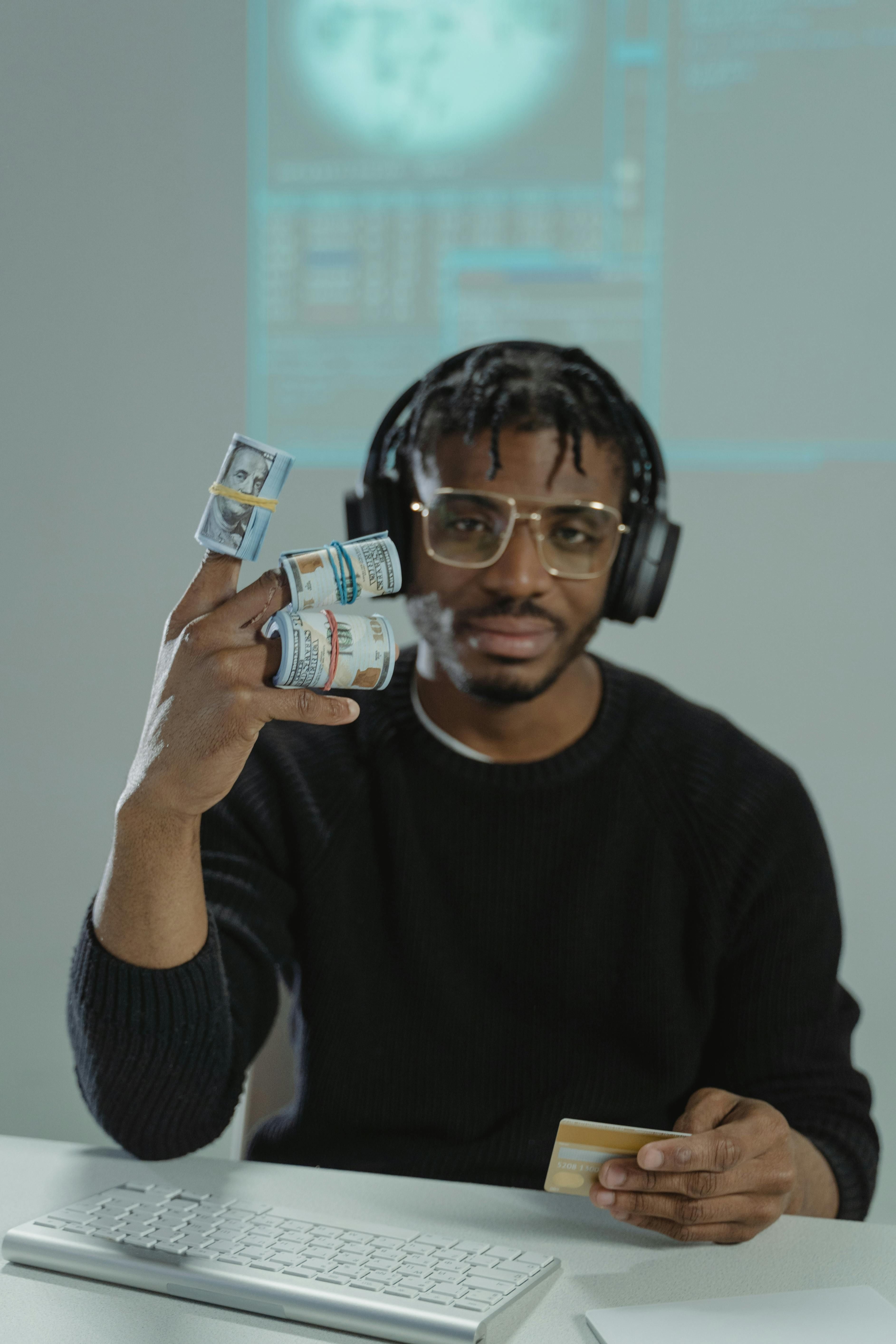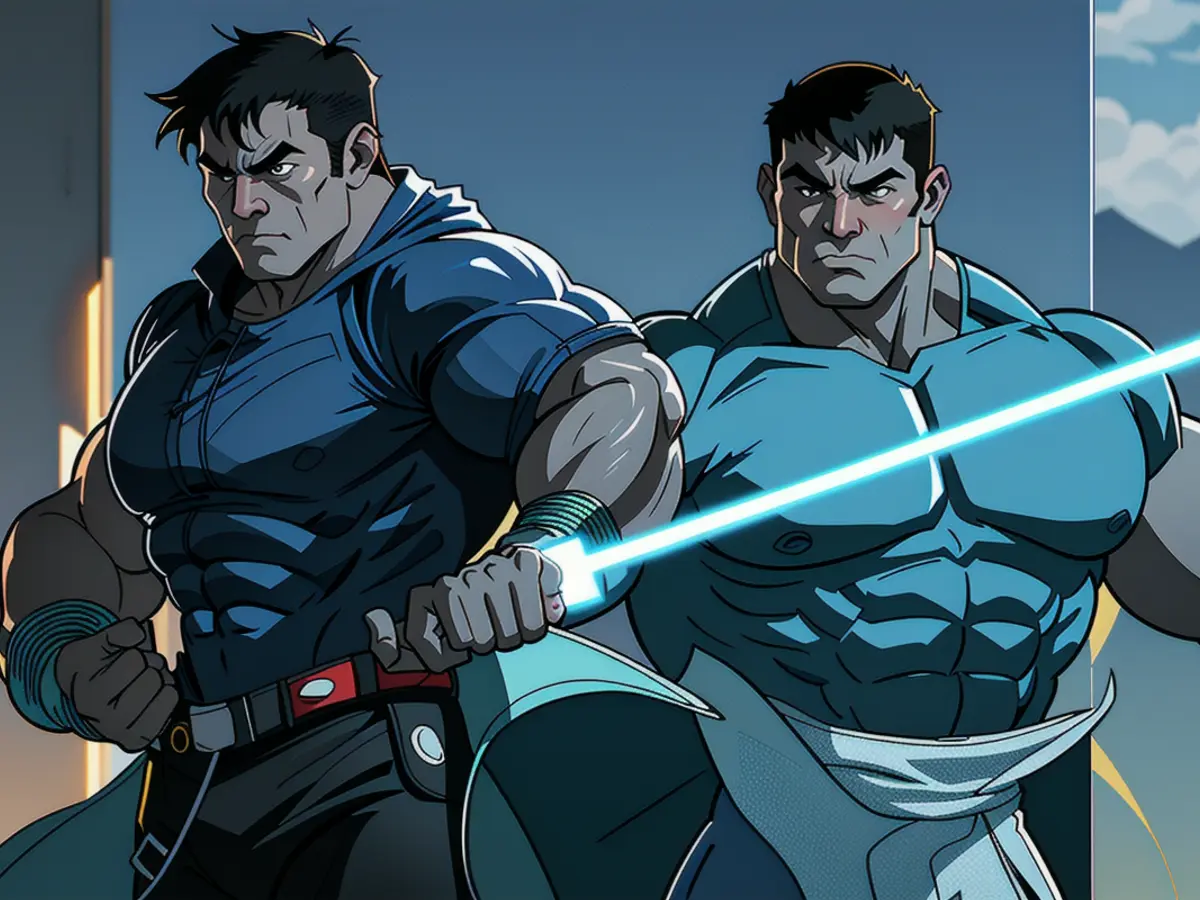Art Produced by Artificial Intelligence Receives its Own Chic Periodical Publication
Art created using artificial intelligence is abundant online, appearing on platforms such as Instagram, Reddit, and websites offering AI generating tools. Now, artists have a fresh and ironic avenue to showcase their digital, algorithm-facilitated creations: print.
A stylish new print publication, The AI Art Journal, solely focuses on AI and art, as its name suggests. The debut issue, launched on December 6, comprises 176 pages filled with artwork submitted to an international open call and selected by jurors - artists, graphic designers, technologists, and a single AI-generated judge named Xiaomi, a blend of robot and anime character. This independent magazine, funded by contributions and published in Germany, is priced at 22 euros (approximately $22.95) and doesn't incorporate any advertisements, at least for now.
The project description reads, “This project is driven by pure passion and a shared vision to pave the way for the future of AI art.” “It is a collaborative effort, fueled by a community that dares to envision, innovate, and inspire.”
The jurors include Boris Eldagsen, who declined a prominent photography award following revelations that he generated the winning image using AI to foster debate. In brief introductions, the jurors explain their reasons for choosing specific works. Accompanying essays and interviews provide the creators an opportunity to delve into their artistic process, their fascination with incorporating AI into their work, and their perspectives on its strengths, weaknesses, and limitations.
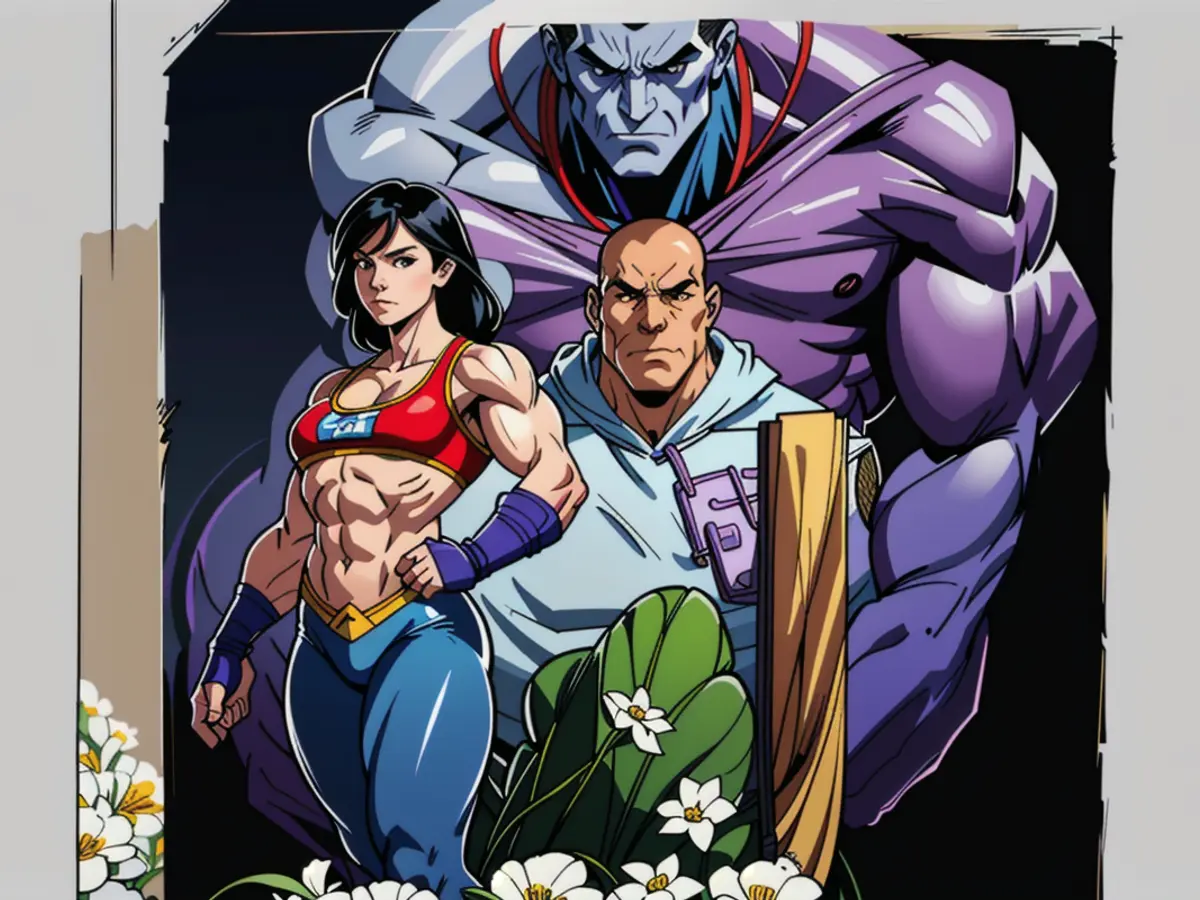
“AI is a world-shaping technology in need of critical and creative engagement by artists,” artist Kevin Esherick says in an interview. “The most effective way to understand these technologies is to work with them.”
Esherick, just 20, lost his brother at a young age. His piece in the magazine, a hazy, dreamlike image of his late sibling, is part of his deeply personal series “I’m With You,” which explores a world where his brother is still present to share in life's moments. Esherick trained an AI model on pictures of his brother, disrupted the image generation process, and left behind only a foggy imprint of his form. Over 100,000 images were generated for the collection before narrowing them down to 24, each titled after a song his brother cherished or would have loved. In “Especially in Michigan 2024,” the image suggests that his deceased family member exists in another realm of consciousness, behind a veil.
“These pieces are reflections on grief and memory, absence and presence, joy and hope,” Esherrick says. “They're about potential, what could've been, and what remains.”
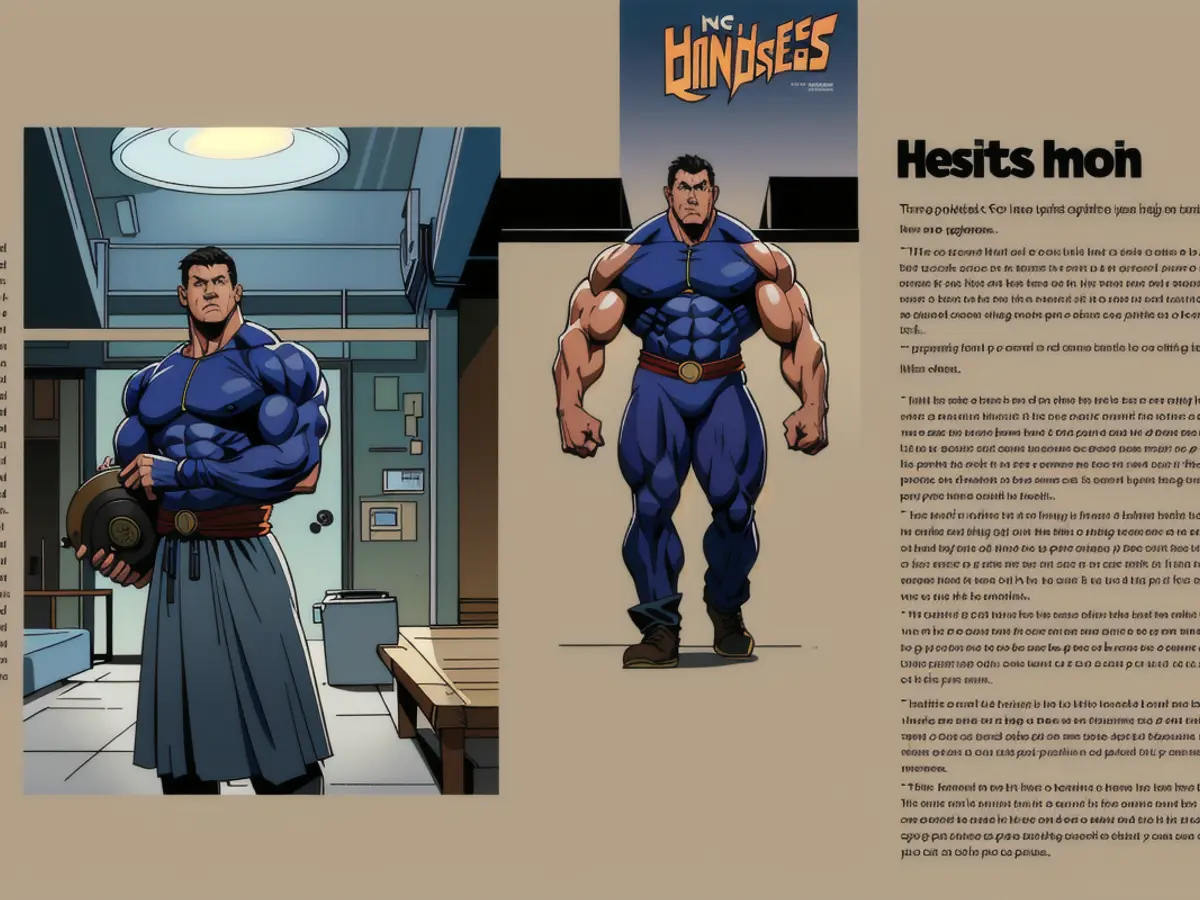
The magazine revolves around the concept of what's possible at a time when artists are grappling with the role of AI in their lives, futures, and creativity as a whole. The first issue contains 50 images in total, with the second issue scheduled for the summer.
In “Multiple Sclerosis – Ataxia,” Sabine von Bassewitz attempts to visually convey the experience of a relapse marked by physical difficulties and emotional turmoil. The work portrays an artist sitting on the floor drawing with a disembodied hand while wearing a shoe on one arm.
“I find it challenging to explain symptoms verbally in a manner that listeners can understand,” the German photographer says in the magazine. “I often get the impression that even the neurologist treating me doesn’t fully grasp it, even though she is quite familiar with the subject. Midjourney, however, seems to understand me.”
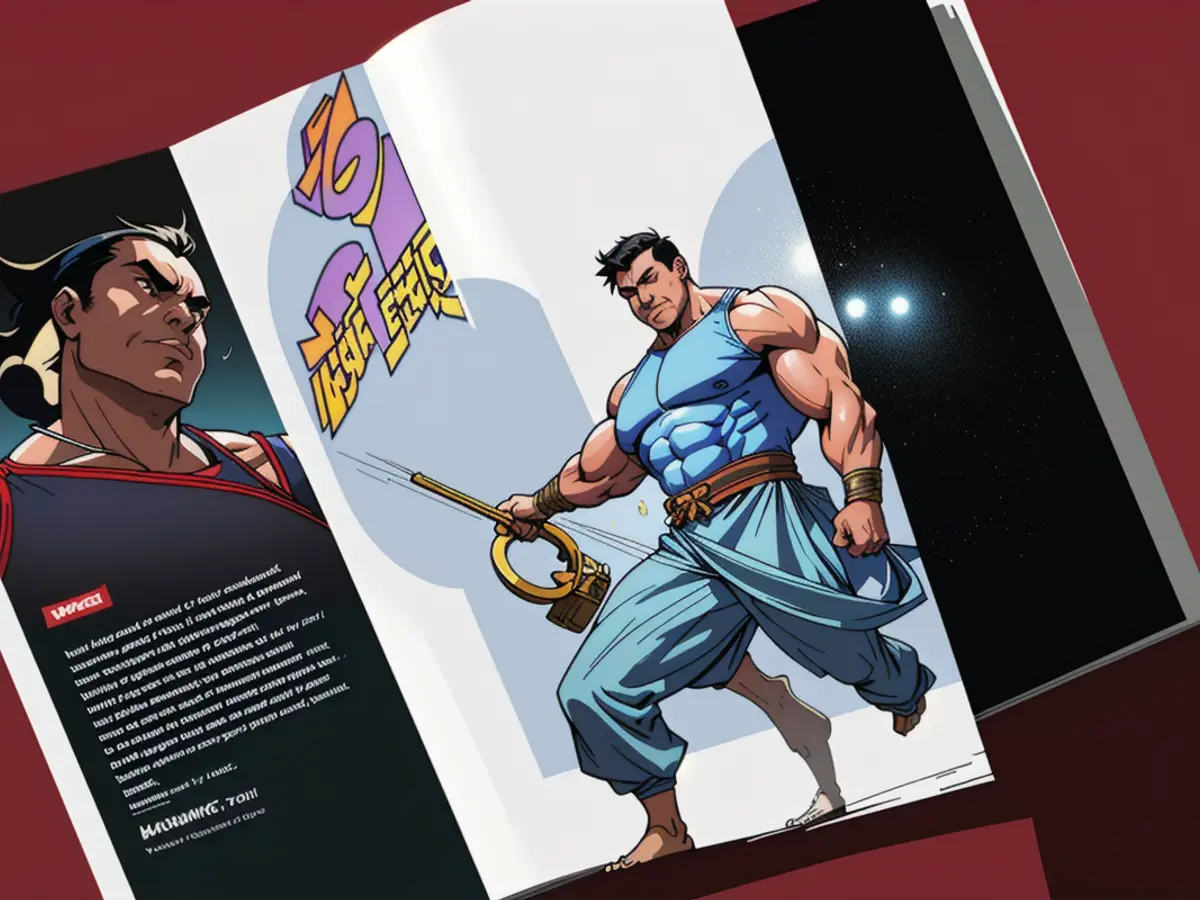
‘AI Is A Reality And Will Not Disappear’
In the last couple of years, AI has significantly altered the landscape of art due to widely used generative tools like Midjourney, Stable Diffusion, and OpenAI’s Dall-E, enabling anyone to generate images using text prompts. This rapidly evolving field has stirred passionate debate among creatives, with some welcoming machine learning as a creative tool and others struggling with their work being used without proper credit or compensation. Many also fear it will threaten their livelihoods.
“I acknowledge traditional artists' concerns,” Mike Brauner, the magazine’s publisher and co-founder, said in an email interview. “However, you need to recognize that AI is a reality and will not fade away. We are at the very beginning of something extraordinary, and I urge every artist to acquaint themselves with the new possibilities.”
Brauner, founder of Hamburg-based creative agency Polardots Studio, established the magazine in conjunction with illustrator Christoph Grünberger, author of the book Age of Data: Embracing Algorithms in Art & Design, which examines the aesthetics and creativity of a new generation of designers turning to algorithm-supported tools. The pair opted to produce the magazine with loose-stitch binding to contrast digitally generated art with traditional bookbinding, creating a striking tribute to the fusion of modern technology and classic craftsmanship.
While The AI Art Magazine is currently a print-only publication, Brauner revealed plans to introduce an accompanying online database where artists can showcase their work. “We received an unprecedented number of submissions for our first open call from 40 countries,” he said, “and we genuinely wish to provide them an opportunity to present themselves.”
The magazine's mission statement echoes the sentiment of Boris Eldagsen, who saw value in engaging with AI to spark debate in the art world. It states, "This project is driven by pure passion and a shared vision to pave the way for the future of AI art."
In the realm of AI-generated art, Sabine von Bassewitz utilizes the medium to convey her personal experience with Multiple Sclerosis, demonstrating how innovation in technology can be harnessed to express profound human emotions.
